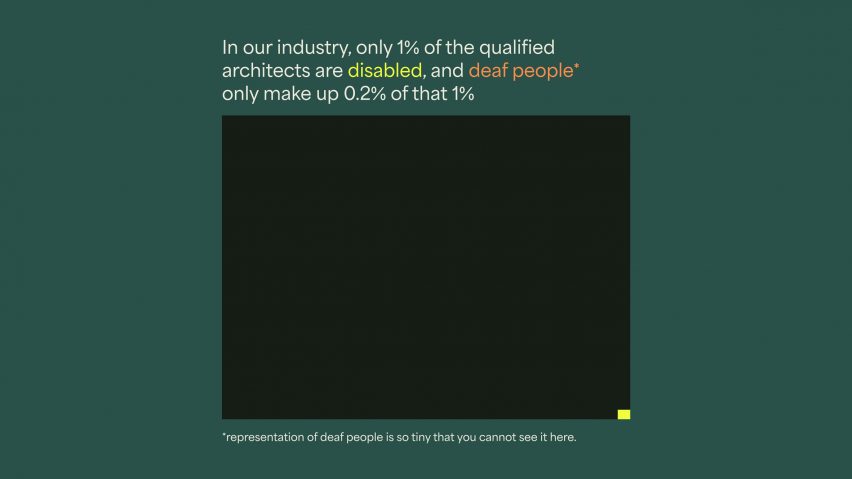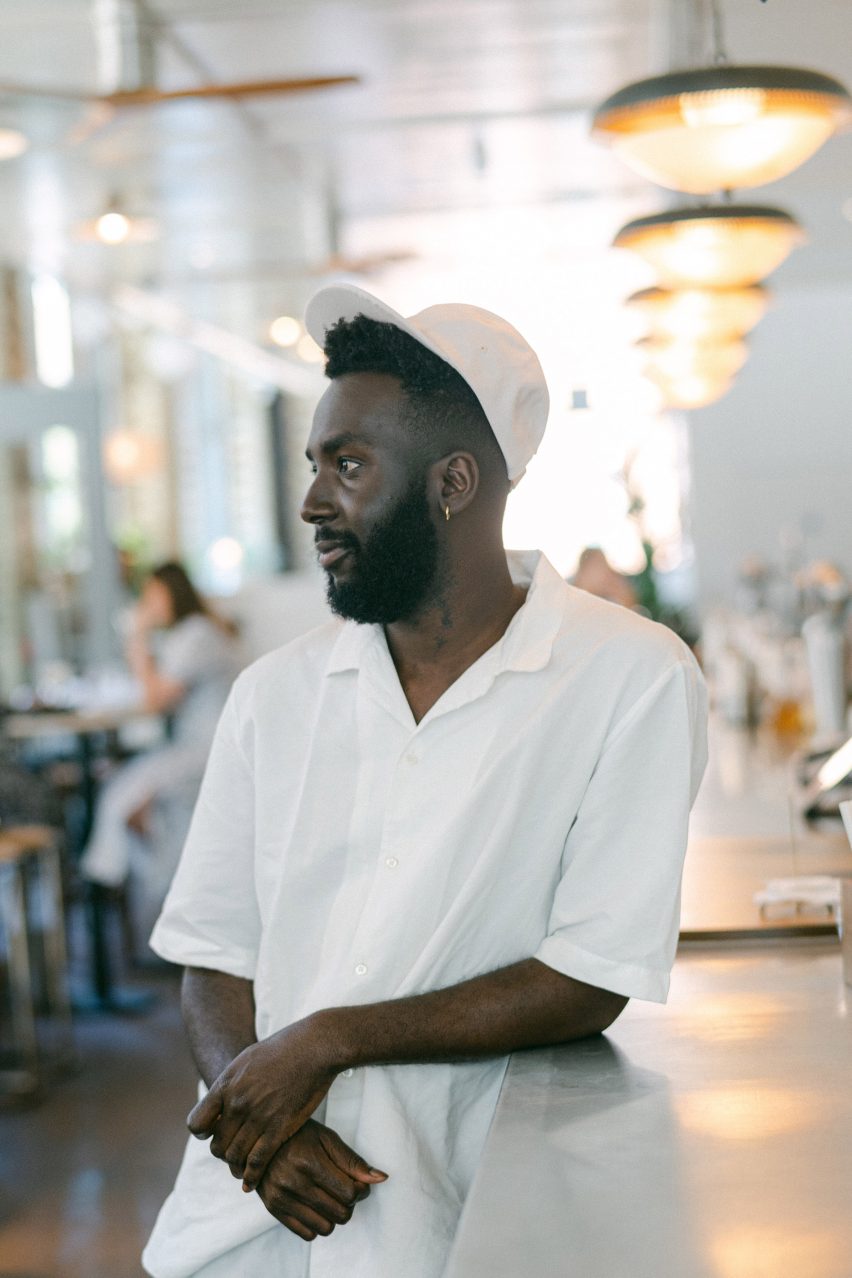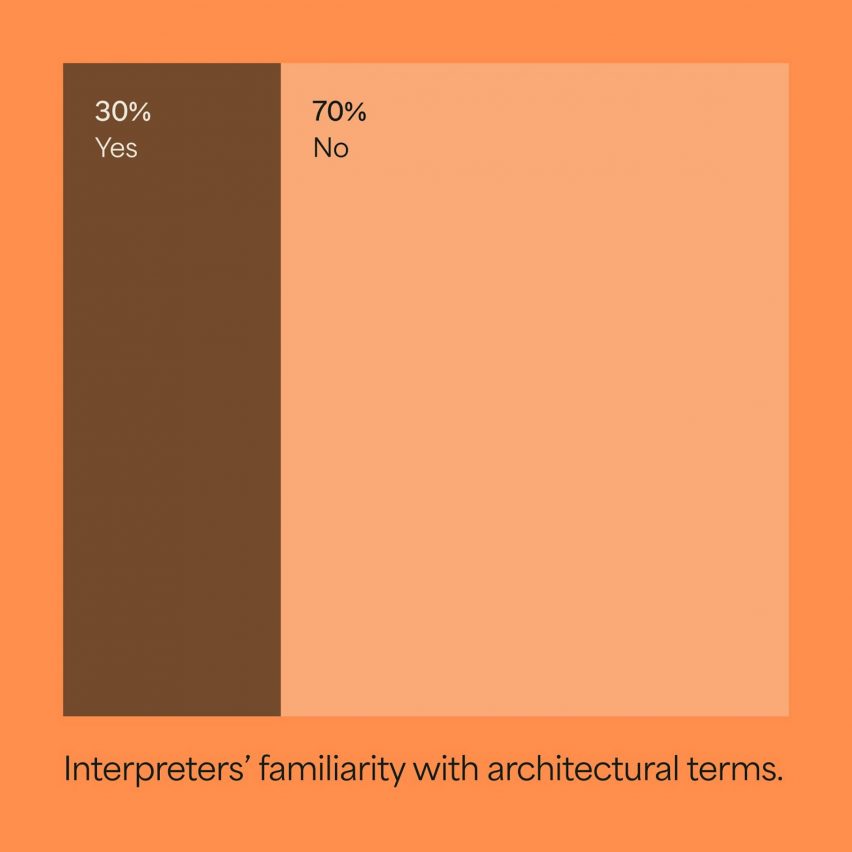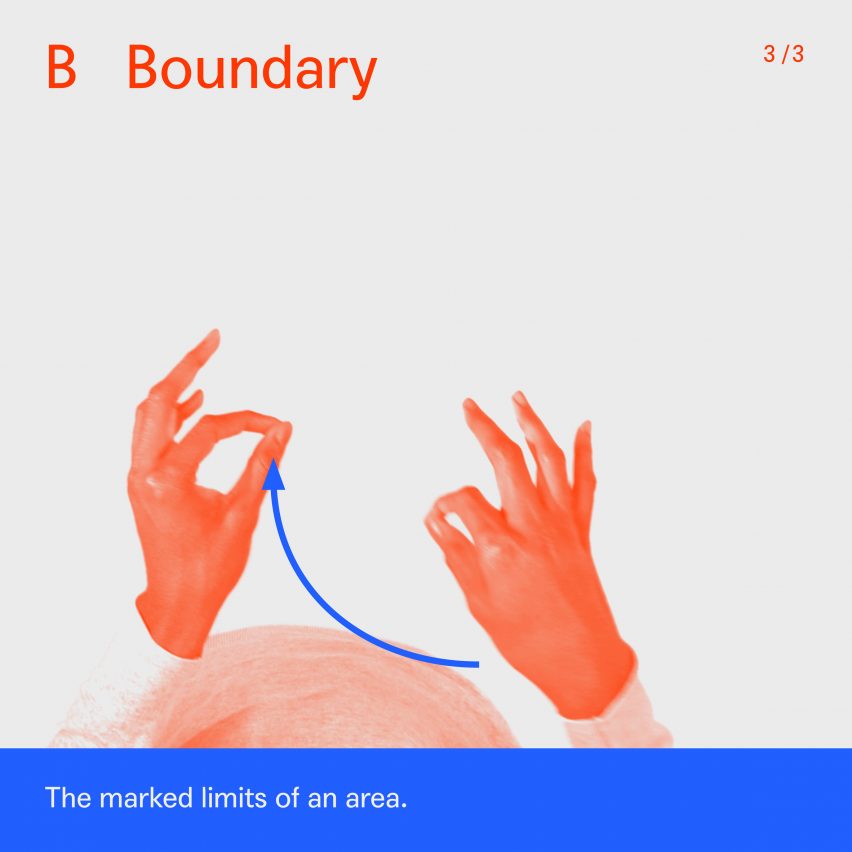
DAF launches to "ensure Deaf people have a stake in architecture"
With fewer than 15 Deaf people training to become architects in the UK, the Deaf Architecture Front platform has launched to boost accessibility and representation in the industry.
The Deaf Architecture Front (DAF) is "an all-in-one platform" aimed at levelling the playing field for Deaf people in architecture through campaigns, research and improved resources.
It has been kickstarted by Chris Laing, an architectural designer with first-hand experience in navigating the obstacles faced by Deaf people entering and working in the industry.
"DAF will make the journey much easier"
"The DAF was founded in response to all of the barriers and obstacles I have faced in my journey as a Deaf person trying to build a career in architecture," Laing told Dezeen.
"Throughout my architecture education, I was constantly working to source interpreters, notetakers and learning support, worrying that disability funding would run out, struggling to keep up with things like software training, working out how to translate specialist terminology into British Sign Language (BSL) – fighting for my right to learn on an equal footing with my peers."
DAF exists to support members of the Deaf community in the architecture industry experiencing these same issues, while also maximising visibility and Deaf-friendly spaces.
"It is my hope that the DAF will make the journey much easier for those who come next," Laing added.

According to Laing, there are fewer than 15 Deaf architecture students in the UK and even fewer qualified architects. Of the one per cent of qualified architects who identify as disabled, just 0.2 per cent are Deaf.
His motivation to launch the platform was prompted by the Black Lives Matter movement and the Future Architects Front group, which he said showed that "society was becoming more receptive to issues surrounding access and inclusion".
"I realised that building a unifying platform for the Deaf community in spatial design was the first essential step in effecting change," he said.
The ambitions of DAF are two-fold. While reducing barriers to Deaf people working in the field of architecture, it also hopes to ensure the experiences of people with hearing loss are properly considered in building design.
To achieve this, it is campaigning to expand British Sign Language resources within the sector, such as funding interpreters and improving work-experience opportunities, while ensuring architecture studios are adhering to DeafSpace – an approach to architecture based on the requirements of Deaf people.

"Hearing architects rarely consider, because they do not understand, that the way in which Deaf people experience and navigate a building is very different to hearing people," said Laing.
An example of this includes the presence of squared corners that limit visibility and, therefore, increase the likelihood of Deaf people colliding with others as they cannot rely on audio cues to know if there is someone nearby.
Public toilets can also be anxiety-inducing for people who are hard of hearing because if there is a fire alarm sounding, you cannot see people evacuating.
DAF could expand into other countries
"To fix this, it is essential to ensure Deaf people have a stake in architecture, and part of the way we achieve that is by ensuring they have a professional route into the sector," Laing explained.
According to Laing, despite the low numbers of Deaf people entering and working in the architecture industry, "the UK is at the forefront in terms of access, compared to other countries".
"At the moment there are no figures or clear statistics from other countries available for comparison, and there are no organisations similar to the DAF that promote Deaf architects or provide resources to enable better access for the Deaf community," he said.

It is his ambition that DAF may one day be able to expand into other countries. However, the platform's immediate focus is on raising funds to achieve its initial three-year plan.
This strategy includes updating Signstrokes – a lexicon of BSL architectural terms that Laing developed with architectural assistant Adolfs Kristapsons – and teaching it to interpreters and translators.
DAF is also aiming to create a structure for training its own consultants while establishing "a DeafSpace Lab" to share resources and host workshops about the design approach.
Architecture is a notoriously inaccessible profession. Alongside the launch of DAF, the last few years have seen an increase in awareness of the gender pay gap and lack of racial diversity in the industry.
Following global protests after the murder of George Floyd in 2020, the architecture diversity platform Sound Advice told Dezeen that uncomfortable conversations are required in the industry to improve its racial diversity, and called for increased awareness to be translated into action.
Dezeen's latest survey showed that the number of women in architecture leadership roles had doubled from ten to twenty per cent. However, the editor-in-chief of magazine The Developer Christine Murray said the industry still needs to work harder to attract women to senior positions.
The visuals are courtesy of Deaf Architecture Front.